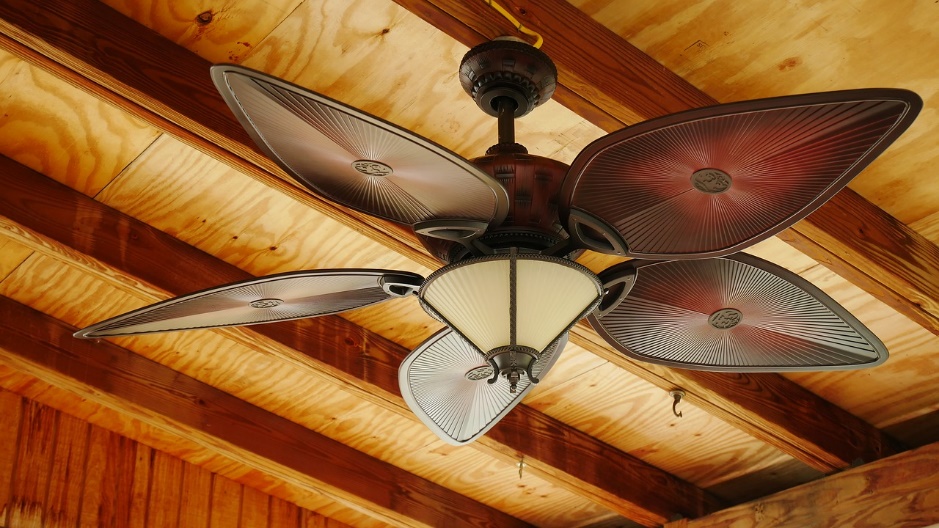Ceiling fan remotes have transformed the way we experience comfort within our homes. These handy devices allow us to adjust fan speeds, turn lights on or off, and sometimes even set timers without needing to reach for a pull chain or wall switch. However, like all technology, they are not immune to issues. Recognizing and resolving these problems swiftly is crucial, as it ensures our convenience and comfort remain uninterrupted.
Understanding Your Ceiling Fan Remote
Before diving into troubleshooting, it’s essential to understand the key components of your ceiling fan remote. At its core, the remote consists of a transmitter (the handheld device) and a receiver (located inside the fan canopy). These components communicate wirelessly, typically using radio frequency or infrared signals. The remote is powered by batteries, and its compatibility with your ceiling fan model is paramount for seamless operation.
Common Ceiling Fan Remote Problems and Solutions
Battery-Related Issues
One of the most frequent culprits behind remote malfunctions is battery issues. Signs of battery problems can include intermittent operation or complete failure to respond. To address this, ensure you’re replacing batteries correctly, aligning them with the indicated polarity and using the recommended battery type.
Signal Interference
Signal interference can disrupt the communication between your remote and the ceiling fan. This interference can stem from numerous sources, including other wireless devices, thick walls, or large metal objects. To minimize interference, consider repositioning the receiver within the fan canopy and removing any nearby obstacles that might block the signal.
Pairing Difficulties
Sometimes, the remote may lose its connection to the ceiling fan, necessitating a re-pairing process. This usually involves holding a specific button on the remote while turning the fan’s power on, but the exact steps can vary by model. Consult your fan’s manual for detailed instructions on pairing and resetting the remote’s settings.
Wear and Tear
Physical damage from drops or wear and tear over time can also affect remote functionality. Inspect your remote for any visible signs of damage. If the issues seem beyond simple troubleshooting, it might be time to seek professional help or consider a replacement.
Advanced Troubleshooting Techniques
Recalibrating the Remote
In some cases, recalibrating your remote can improve its performance. This process can involve specific sequences of button presses or power cycles. Check your remote’s manual for recalibration instructions tailored to your model.
Checking the Dip Switches
Dip switches are small switches inside the remote and the fan’s receiver that set the operating frequency. If your remote isn’t working, ensuring these switches match on both the remote and the receiver can sometimes resolve the issue. Adjusting dip switches can also help if you’re experiencing interference from other devices.
When to Replace Your Ceiling Fan Remote
If troubleshooting doesn’t resolve your issues, or if your remote has suffered irreparable damage, it might be time for a replacement. Upgrading to a newer model can offer advanced features like programmable timers, temperature control, or even smart home integration, enhancing your convenience and comfort.
Choosing the Right Replacement Remote
When selecting a new remote, consider factors such as compatibility with your ceiling fan, range of operation, and features that match your needs. Brands like Replacement Remotes offer a wide selection to meet diverse requirements, ensuring you find a remote that enhances your ceiling fan experience.
Preventative Measures and Maintenance Tips
To prolong the life of your ceiling fan remote, routine checks and maintenance are key. Ensure you’re using the right type of batteries and replace them before they’re completely drained to avoid leakage and damage. Storing remotes in a dry, temperate place can also prevent environmental damage.
Understanding how to troubleshoot common ceiling fan remote issues not only enhances your comfort and convenience but also saves you time and potentially, the cost of unnecessary replacements. For those times when a new remote is needed, companies like Replacement Remotes are invaluable resources for expert advice and a comprehensive selection of options. Empowering yourself with this knowledge ensures that the next time your ceiling fan remote acts up, you’ll be well-equipped to address the problem head-on.
